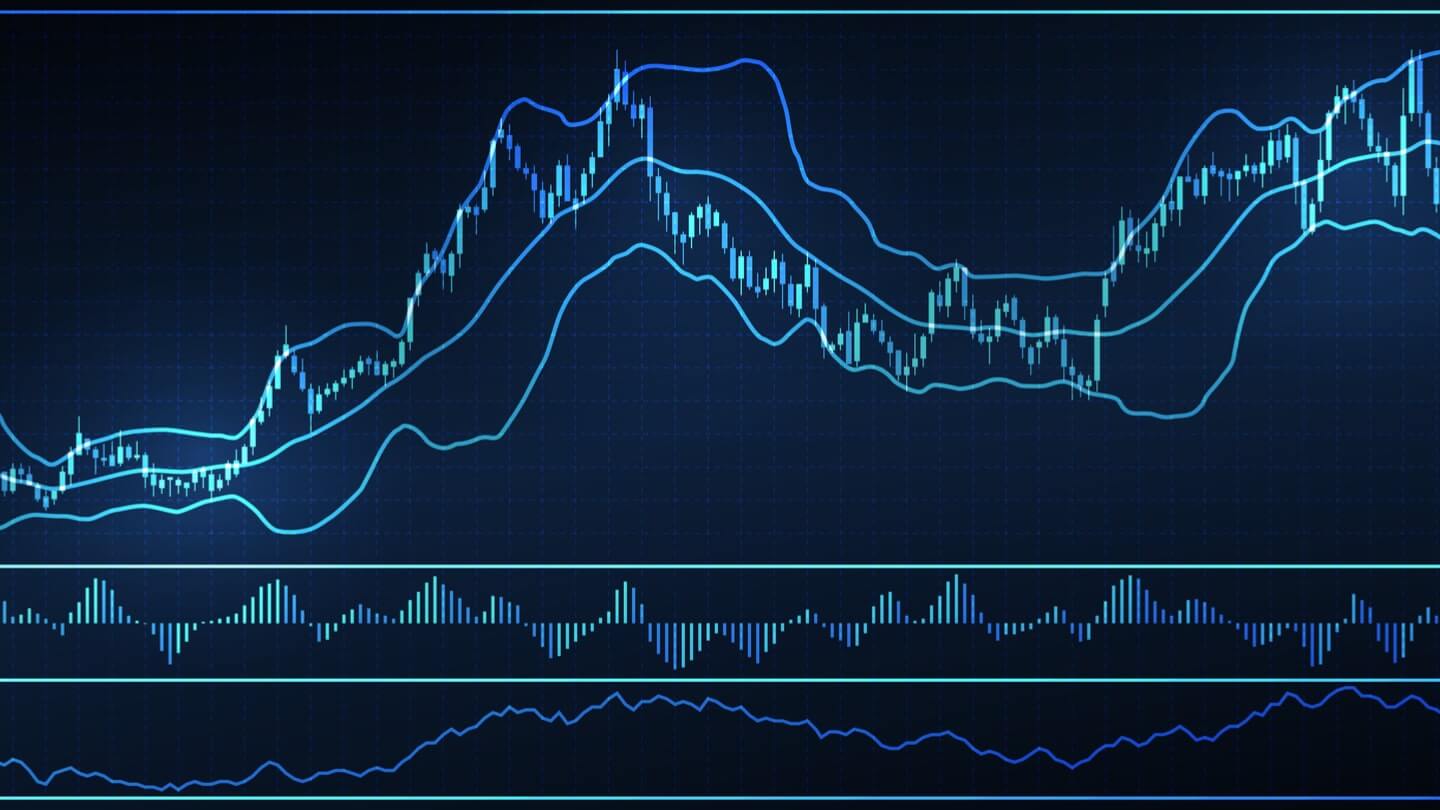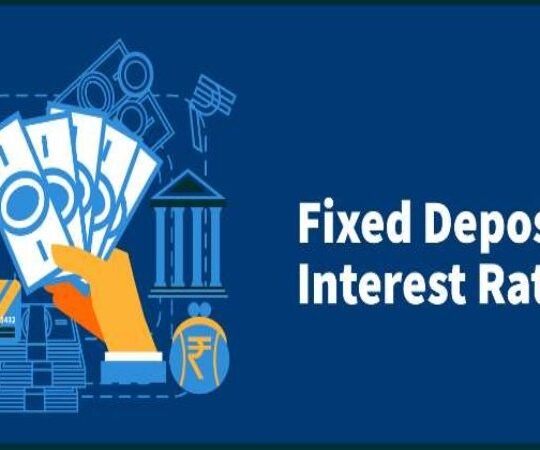Best forex trading strategie
Forex trading is known to be the world’s largest and most liquid trade. This market runs under a decentralised system and is open 24/7. This is also one of the most popular markets today and draws all types of traders whether you’re a rookie, a seasoned trader, or a little or big trader.
As you step into forex training you’ll notice various kinds of trades, some are as quick as a minute or day or as long as a week or month. That’s because these trades each have their own strategy applied.
Depending on what kind of trader you want to be, it may vary what kind of trading strategy you should go for. To give you an idea, day trading, scalping and position trading are the 3 most popular strategies around and are also the most sought-after strategies most newbies go for.
So if you’d like to know more about the top 3 forex trading strategies, down below is what they are, how they work, and their pros and cons!
What is day trading in forex
Based on its name, this trading strategy holds trades within a day. So you open and close trades within a day. This technique is also used in other markets but is exceptionally popular and applied in forex trading.
How does day trading in forex work
As a forex day trader, you should open and close trades within a day. Trades usually stay open for about 30 minutes to an hour. But depending on the trader this can go a bit longer but never passes a day.
This trading strategy aims to profit from small market movements and reduce risks like overnight risks, economic risks and more. This is often compared to scalping but the difference is, day trading stays open only within a day.
What are the pros and cons of day trading?
Every trading strategy comes with its set of pros and cons, and for day trading down below is its list to consider:
Pros of day trading
- You can make a hefty profit – Say you aim to get $10 per trade, opening 10 trades will get you $100!
- You get instant results within a day! – One of the reasons most traders enjoy this strategy is its fast outcome! You can get daily profit with day trading!
- Less risk – Since trades are only open a couple of minutes or hours a day, this reduces the risk for overnight risk, economic risk and more.
Cons of day trading
- You’ll need a bit more capital to start – The PDT (pattern day trading) rule mandates that if a trader makes four or more trades in a five-day period, these deals make up over 6% of the trades in a trader’s account, and you need $25,000 to start.
- Can be hard for inexperienced traders – Short-termed trades are much harder to handle since you have to be strict and precise when trading. As an inexperienced trader, you might get easily addicted, emotional or tempted.
- Very time sensitive – Since this is a quick trading technique you need to be intensely attentive with your trades. Given your time constraints, this strategy calls for a lot of concentration and commitment.
What is scalping in forex
Scalping is one of the most popular strategies used when trading, no matter what market you’re in. Like day trading, this opens and closes trades in a day but what sets them apart is how fast-paced day trading is. Scalping can last for hours, days and even a week.
How does scalp trading in forex work?
Scalping in forex focuses on small market movements that happen within hours, days or weeks. As a scalper, you aim to open multiple trades and make small profits from each one, roughly 5 pips apiece.
What are the pros and cons of scalping?
Even the most popular trading strategy comes with its own unique list of pros and cons, and for scalping, you can check it out down below!
Pros of scalping
- You avoid being caught in a reversal – Reversal is one of the hindrances of successful trading but with scalping, you can avoid this.
- You don’t need big capital to start – This trading strategy doesn’t require you to start big, so it’s perfect for beginner and small traders.
- More chances of making a profit – Since this is a quick trade, you aren’t exposed to various trading risks, so making a profit is very likely.
Cons of scalping
- Can be exhausting – Since you’re time-pressured, this strategy can be pretty exhausting since you have to follow a tedious process of focus, attentiveness and constant checking.
- Speculation must be accurate – To make a buck with this trading strategy, your speculations need to be “VERY” accurate.
- Trading for crumbs – Since scalping aims to profit from ‘small’ market fluctuations, a scalper focuses on market ‘crumbs’ not the whole bread or in other words, not for bigger and better movements.
What is position trading in forex
Position trading is a long-term strategy that focuses more on fundamental factors unlike day trading and scalping, so small fluctuations in the market are not the primary goal. This trading strategy uses more analytical tools when speculating.
So trading with a good trading platform will do you wonders! Great trading platforms will contain a wide range of tools for analysis and speculation, including charts, learning resources, and more!
This trading strategy usually holds only a couple of trades throughout an entire year since single trades take around months before closing. So basically, it’s an investment kind of trading technique.
How does position trading in forex work
As a position trader, your profit targets are probably going to be at least a few hundred pips per trade. You’re going to need to keep an eye on the monetary policies of central banks, political events, and other fundamental variables to spot cyclical movements.
Pros of position trading
- Can lead to substantial profit – Since the aim of position trading is to profit from grand market movements, this can lead to a hefty payout!
- Lessens the risk of fundamental and technical analysis – Since you use fundamentals and analytical tools for this strategy, risks within the aspect are lessened.
- You have more time to invest in other trades – Since day trading doesn’t time-pressure you, you have more time to trade in other markets.
Con of position trading
- Isn’t beginner-friendly – This strategy requires skills in analyzing data and asset fundamentals which is something you can get with more experience and learning.
- Exposed to reversal – Reversals are a hindrance to any kind of trader. This is exposed to position traders the most.
- Added costs can affect profit – Holding a position for a long duration can also mean higher trading costs which can greatly affect your profit margin.









